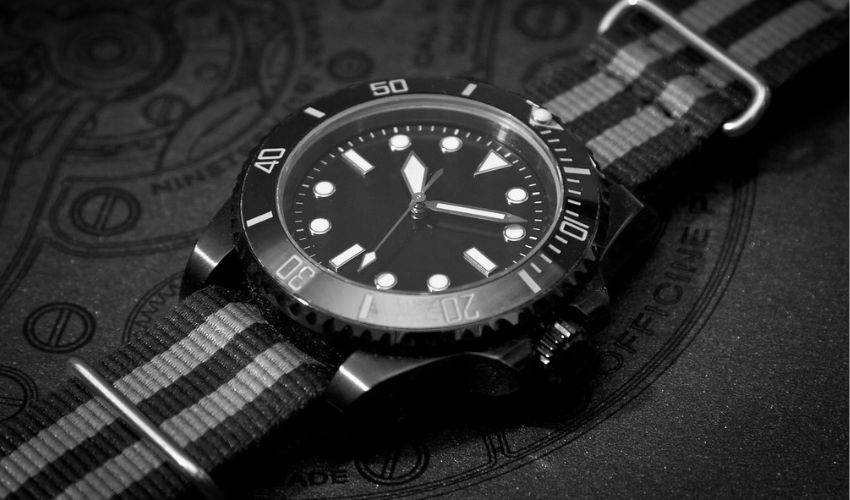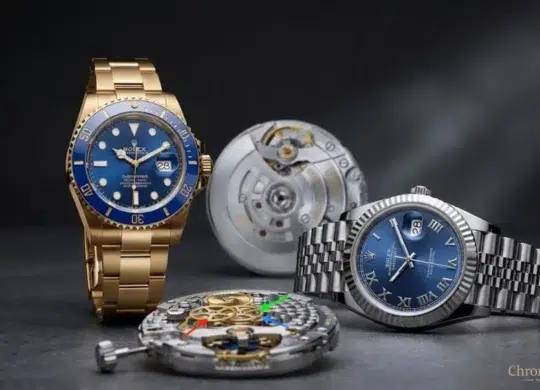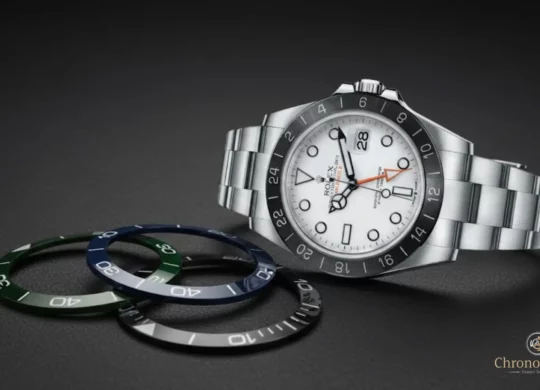PVD and DLC Coating: What do they mean?
Physical Vapor Deposition (PVD) is a process where a material is vaporized in a vacuum and then deposited onto the watch’s surface as a thin film. Typically, this process is used to give the watch a gold plating either in yellow gold or rose gold. PVD coatings are known for their versatility as they allow for a wide range of colors and finishes. These finishes can even range from polished to matte.
DLC or Diamond-Like Carbon coating uses a similar process to PVD. However, what makes it different is that it focuses on carbon coating. With the DLC process, carbon atoms are deposited onto the watch’s surface. It is done by blasting the carbon on the surface and quickly cooling it down, just like how lab diamonds are made. This results in an extremely durable coating, which provides excellent scratch resistance. For the aesthetics, it gives a distinctive black or dark grey finish.
So just by the explanation, the key take away here is that if you are looking for a gold-plated finish, then you have to stick with PVD. However, if you plan to get a black or dark grey finish for your watch, then you can keep both DLC and PVD as an open option.
Pros and Cons of PVD Coating
Even though PVD coating is one of the more popular choices in the watch industry, it does come with its fair share of advantages and disadvantages. Depending on what you are looking for, some of these advantages can come into your favor and give you exactly what you want.
| Advantages | Disadvantages |
|---|---|
|
|
|
Pros and Cons of DLC Coating
While DLC coating is more focused on using carbon to provide a stealth black appeal to your timepiece, it does have its own share of disadvantages. So, before you get your watch customized, you should take a look at the pros and cons of this process.
| Advantages | Disadvantages |
|---|---|
|
|
|
PVD vs DLC Coating for Watches: Which is Better?
At the end of the day, it is not about which is better. It is more about your needs and requirements with this customization. If you are looking to give your watch a stealthy black look, then you are better off with DLC coating. This will not only offer you a better finish but it will also give a better durability.
On the other hand, if you are planning to get gold plating done on your watch, then your only option is the PVD coating. The Physical Vapor Deposition process gives you the versatility of picking between different color metals like rose gold or yellow gold.





